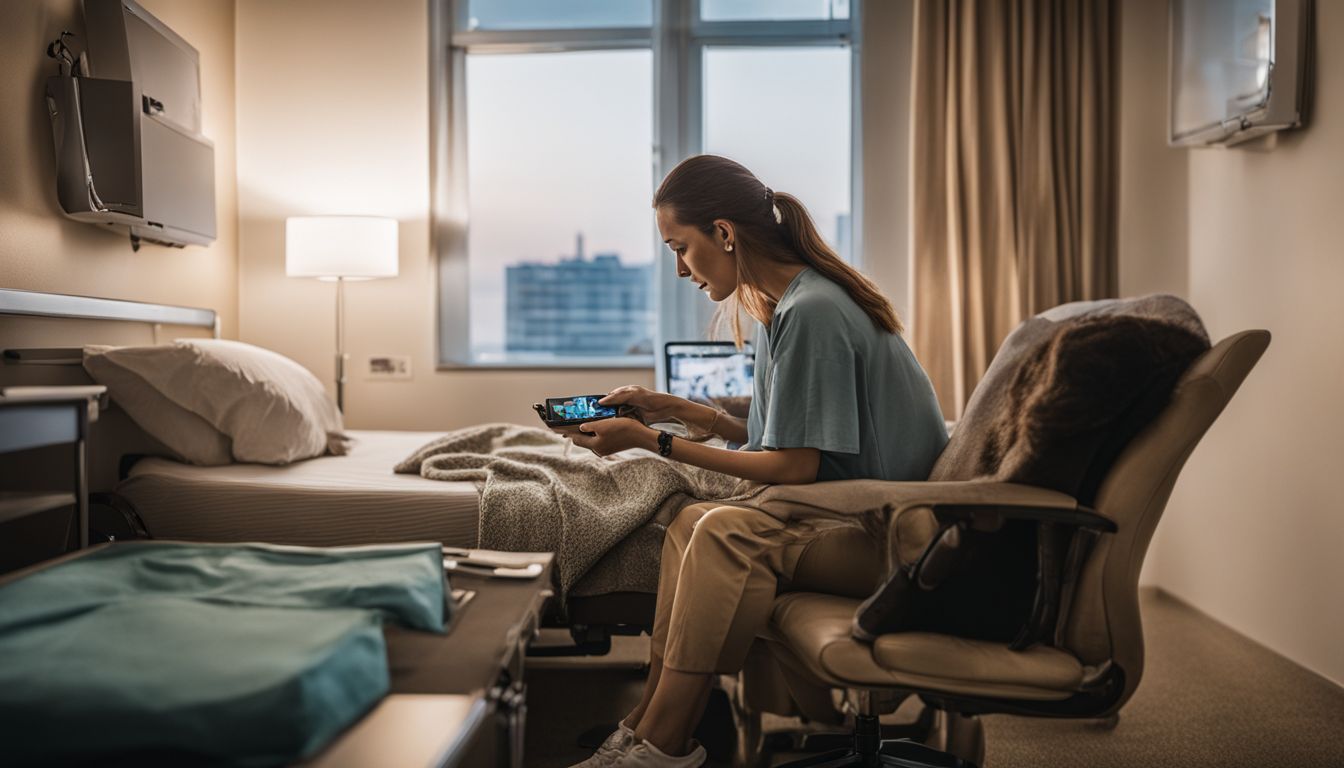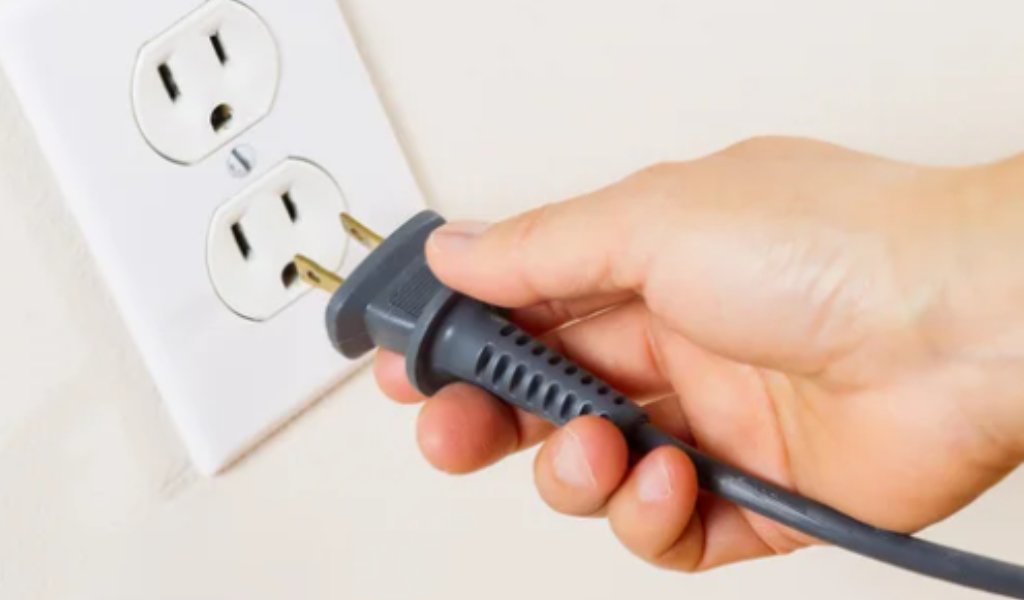Learn About Preparing Your Living Area For Hospice
Setting Up A Hospital Bed For The Benefit Of A Hospice Patient
Patients in hospice care often spend most of their time in bed. As such, the best way to prepare a bedroom for their care is to add a hospital bed. This specialized care bed is more accessible and maneuverable than a conventional bed or adjustable model, making it much safer and more comfortable for the user. Features such as hi-low elevation, multi-height assist rails, and backrest and knee elevation make the hospital bed an intuitive piece of accessible furniture that will assist a hospice patient and their health care team.
Hospital beds can be vital for the many hospice patients who have to handle deteriorating mobility associated with their condition. Including one in the bedroom starts with making sure there’s enough room to maneuver their mobility equipment or any other healthcare equipment. The bedroom you choose should have ample space for any essential mobility and medical equipment under their care plan – a walker, a wheelchair, an oxygen tank, or more.
Knowing one’s healthcare needs and goals, then structuring the room based on these needs, is an effective way to prepare a bedroom and keep it safe for the hospice patient. Of course, the bed is often the centrepiece of a room, and the patient and their family can organize around it.
Clean & De-clutter The Bedroom To Prepare For Hospice
Bedrooms for hospice patients can become cluttered, as the user has to manage equipment, medications, and supplies along with personal effects. Hospice patients can find an untidy room full of obstacles, and it’s essential to remove any potential trip hazards. It keeps the patient in a safer, more comfortable environment and gives health care providers more room to perform effective life care services.
The rooms and halls outside the bedroom should allow the patient and caregivers to move freely. Keep in mind that members of the hospice team will be in frequent contact with the patient, so organize the home environment in a way that helps them provide medical care.
The Hospital Bed Doesn't Have To Go In A Bedroom!
Many families are opting for at-home care, where the patient receives hospice services at home where they feel most comfortable. Not all home layouts provide suitable bedroom access, and many people choose to place the bed in a room other than a dedicated bedroom. It should be a place where the patient can have some privacy, easy access to a bathroom, and control over the lighting and sound.
Small details can make a difference for those with a terminal illness. Blackout curtains, white noise machines, and other sleep aids can help the patient nap during the day. Don’t forget just outside the room – remove trip hazards like rugs and install night lights or motion lights in the hall for better safety at all hours.
If you decide that your loved one would have a better quality of life in another room, we’ve made it easy to do. The casters (wheels designed to align with the direction of travel) on hospital beds make them easy to move from one room to another.
A hospital bed is a key part of making a hospice room comfortable. Talk to us if you have any questions about how the SonderCare bed can meet the needs of a patient’s plan of care and daily routine.
- A hospital bed is crucial for hospice care, as patients spend most of their time in bed.
- The room should have enough space for mobility and medical equipment.
- Clean and de-clutter the room to avoid trip hazards.
- Choose a calming color for the room and make it comfortable and welcoming with personal items.
- Consider placing the bed in a room other than a bedroom if it is more suitable.
- Provide blackout curtains, white noise machines, and sleep aids for better nap time.
- Install night lights or motion lights in the halls for better safety.
- Hospital beds are easy to move with casters, making it easy to change the room.
Frequently Asked Questions About Preparing Your Home for Hospice
When choosing a hospital bed for hospice care, it’s important to consider the patient’s specific healthcare needs and goals. The bed should have features such as hi-low elevation, multi-height assist rails, and backrest and knee elevation to make it safe and comfortable for the patient. Consider the size of the room and the amount of space needed for any essential mobility and medical equipment.
Many families choose to place the hospice bed in a room other than a dedicated bedroom, such as a living room or a family room. The important factors are that the room provides privacy, easy access to a bathroom, and control over lighting and sound.
To make a hospice room more welcoming and comfortable, you can choose a calming color for the walls, provide enough space for personal items such as pictures and books, and choose furniture that looks like a regular bed rather than a hospital bed. You can also add blackout curtains, white noise machines, and sleep aids to improve the quality of rest.
To make the hospice room safer for the patient, remove any trip hazards such as cluttered items or rugs, and install night lights or motion lights in the hall. Ensure that the room and halls outside the room allow the patient and caregivers to move freely.
Many hospice beds including the SonderCare bed have casters (wheels) that make them easy to move from one room to another. This can be a helpful option if the patient’s needs change or if they would like to move to a different room in the home.











